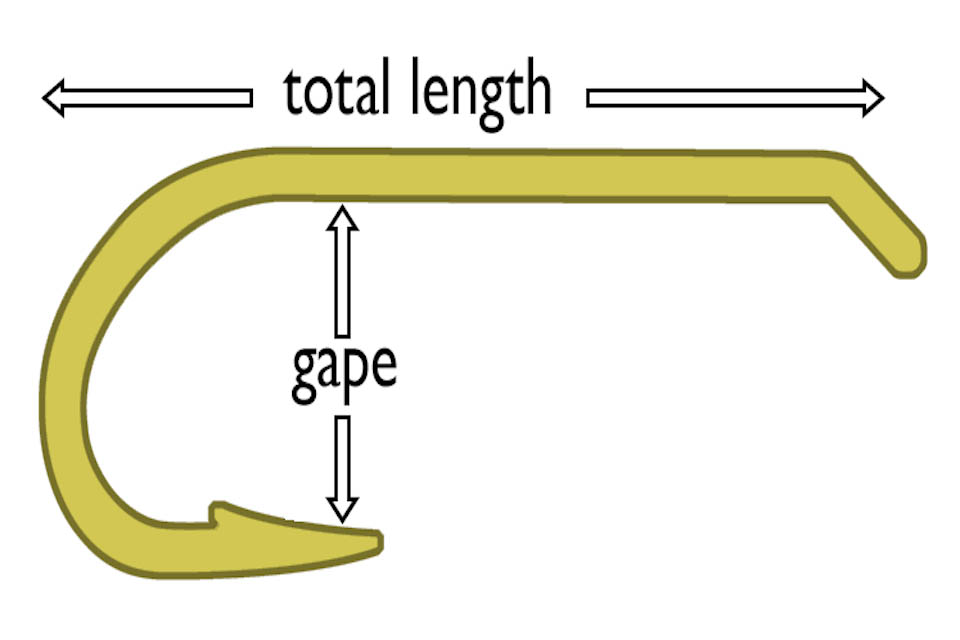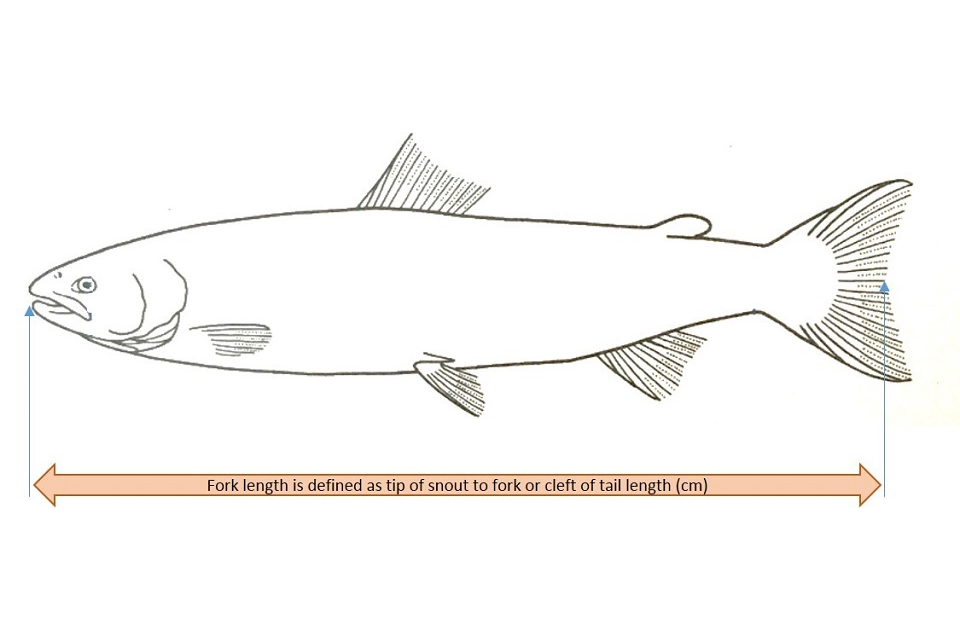Rod fishing byelaws: Midlands
Midlands rod fishing byelaws are statutory (regulated by law) rules and regulations explaining who can fish, and where, when and what fish you can take.
Applies to England
Midlands byelaws overview
Midlands byelaws apply to anyone fishing with a rod and line for salmon, trout, coarse fish, eels, smelt and lamprey in all freshwater fisheries and tidal estuaries.
They apply to all waters within the River Severn and River Trent catchments. They do not include the River Little Avon (Gloucestershire) and the River Wye (Herefordshire and Gloucestershire) catchments.
Principal river catchments include the Severn, Trent, Dove, Derwent (Derbyshire), Soar, Tame, Avon (Warwickshire), Teme and Vyrnwy. There are .
Midlands byelaws may apply to local waters or to whole river catchment areas ŌĆō for example, the River Severn and all its tributaries.
See the national rod fishing byelaws for rules that cover the whole country.
Private fisheries may enforce their own additional rules, but national and local byelaws still apply.
When and where you can fish
Dates are inclusive
All dates in these byelaws are inclusive. This means a stated period, such as 15 March to 15 June, includes the full day of 15 March and the full day of 15 June.
Salmon
The close season (when you must not fish) for salmon and migratory trout (in any waters) is 8 October to 31 January.
Trout
The close season for brown trout and rainbow trout in rivers, and for brown trout in unenclosed stillwaters, is 8 October to 17 March.
Coarse fish
The national coarse fish close season from 15 March to 15 June applies to all rivers, streams, drains and the stillwaters listed in the following table.
Stillwaters in the Midlands that have the national coarse fish close season
Derbyshire
| Water | OS grid reference |
|---|---|
| CarverŌĆÖs Rock | |
| Cromford Canal | , |
| Hilton Gravel Pits | |
| Ogston Reservoir | |
| Morley Brick Pits |
Gloucestershire
| Water | OS grid reference |
|---|---|
| Frampton Pools | |
| Soudley Ponds |
Herefordshire and Worcestershire
| Water | OS grid reference |
|---|---|
| Ashmoor Common | |
| Bittell Reservoirs, excluding Lower Bittell Reservoirs | |
| Grimley Brick Pits | |
| Hewell Park Lake | |
| Upton Warren Pools, excluding the Sailing Lake | , |
| Brampton Bryan Park | |
| Berrington Pool | |
| Flintsham and Titley Pools | , |
| Moccas Park | |
| Hurcott and Podmore Pools, excluding Hurcott Pool |
Leicestershire
| Water | OS grid reference |
|---|---|
| Blackbrook Reservoir | |
| CaveŌĆÖs Inn Pits | |
| Frisby Marsh | |
| Groby Pool and Woods | |
| Grantham Canal | , |
| Barrow Gravel Pits | |
| Buddon Woods and Swithland Reservoir | |
| Ashby Canal | , |
Nottinghamshire
| Water | OS grid reference |
|---|---|
| Clumber Park | , |
| Thoresby Lake | |
| Welbeck Lake | |
| Attenborough Gravel Pits | |
| Misson Line Bank | |
| Chesterfield Canal | , |
| Kinoulton Marsh and Canal (Grantham Canal) | , |
Shropshire
| Water | OS grid reference |
|---|---|
| Berrington Pool | |
| Bomere, Shomere and Betton Pools | |
| Brown Moss | |
| Cole Mere | |
| Fenemere | |
| Marton Pool, Chirbury | |
| Shelve Pool | |
| Sweat Mere and Crose Mere | |
| White Mere | |
| Morton Pool and Pasture | |
| Prees Branch Canal (Shropshire Union Canal, Llangollen Branch) | , |
| Montgomery Canal - Aston Locks to Keepers Bridge (Shropshire Union Canal) | , |
Staffordshire
| Water | OS grid reference |
|---|---|
| Aqualate Mere | |
| Chasewater Heaths including Wyrely & Essington Canal, Anglesey Branch | , , |
| Cop Mere | |
| Doxey and Tillington | |
| Maer Pool | |
| Cannock Extension Canal | , |
Warwickshire
| Water | OS grid reference |
|---|---|
| Alvecote Pools | |
| Brandon Marsh | |
| Coleshill and Bannerly Pools | |
| Combe Pool | |
| Middleton Pool | |
| Stockton Railway Cutting and Quarry, excluding Big Quarry Pool | , |
| Ufton Fields | |
| Ensors Pool |
West Midlands
| Water | OS grid reference |
|---|---|
| Edgbaston Pool | |
| Sutton Park | |
| Swan Pool and the Swag | |
| Fens Pools |
Fishing near weirs
You must not take, or attempt to take, fish by rod and line within a distance above or upstream of the crests, or below or downstream of the toe of certain weirs. The distances are:
- 15m above and 45m below Shrewsbury Weir on the River Severn ŌĆō
- 15m above and 25m below Powick Weir on the River Teme ŌĆō , and Carreghofa Weir on the River Tanat ŌĆō
- 5m above and 15m below Tewkesbury Weir ŌĆō , Maisemore Weir and Llanthony Weir on the River Severn
- 15m above and 35m below Diglis Weir on the River Severn ŌĆō
Rods and nets
See the national byelaws for rules on:
- the number of rods you are allowed to use
- using landing nets, keepnets, gaffs or tailers
Tackle, lures and baits
National byelaws on lead weights apply in the Midlands.
National byelaws on using tackle, lures and bait apply in the Midlands in addition to local byelaws.
These 4 local byelaws also apply.
1. Where the coarse fish close season applies and you are fishing for eels or trout, you must not:
- use any float or bait (including ground bait) other than artificial or natural fly (excluding bloodworms, jokers and other midge larvae), spinners, minnows, worms, prawns or shrimps
- use a keepnet or keepsack in waters where the close season for coarse fish applies (15 March to 15 June)
2. You must not keep salmon (including salmon parr) or trout in a keepnet or keepsack.
3. When fishing for salmon or sea trout in the Severn Estuary, River Severn or its tributaries, you must not use any:
- bait (worms, prawns and shrimp)
- artificial fly other than with a barbless or de-barbed single hook with a gape of more than 13mm, or with a barbless or de-barbed double or treble hook with the hook gape for each hook being no more than 7mm
- artificial lure other than with a barbless or de-barbed single hook with a gape of more than 13mm, or if it is a wobbler, plug or artificial imitation fish bait, with no more than three barbless or de-barbed single hooks with the hook gape of more than 13 millimetres
4. In addition to the national byelaws on fishing for eels, if you fish for eels during the coarse fish close season, you must not use a hook with a gape of less than 12.7mm (0.5in).
You measure the gape across the opening of the hook (itŌĆÖs the distance between the point and the shank).

Catch limits, size limits and catch returns
National byelaws for salmon and migratory trout catch limits apply across the Midlands.
It is illegal to catch and remove any live or dead salmon from the following rivers, their tributaries and estuaries:
- Severn
- Trent
You must release all salmon you catch from these waters immediately with the least possible injury.
Trout
You must not take or kill any trout (except rainbow trout) shorter than 20cm from any water.
You must not take rainbow trout shorter than 20cm from the Rivers Derwent and Amber, including their tributaries:
- above or upstream of their confluence at Ambergate, Derbyshire ŌĆō ŌĆō excluding the stretch of the River Wye from Blackwell Mill near Buxton to Cressbrook Mill ŌĆō
- above or upstream of Ashford-in-the-Water (this does not include any reservoir or lake formed by a dam across the valley of those rivers, or across one of their tributaries)
If you unintentionally catch an immature or undersized fish, you must return it immediately to the same water with as little injury as possible.
Coarse (freshwater) fish
National byelaws apply across the Midlands.
How to measure a fish
You measure fish from the tip of the snout to the fork of the tail.

Updates to this page
-
In section 'Tackle, lures and baits' included a local byelaw about fishing for salmon or sea trout in the Severn Estuary, River Severn or its tributaries and in section 'Catch limits, size limits and catch returns' removed Blakeney Brook and Blackpool Brook, Gloucestershire.
-
Corrected error in section 'Tackle, lures and baits' first of 3 local byelaws not relevant to salmon. Changed to 'Where the coarse fish close season applies and you are fishing for eels or trout, you must not:'.
-
We have clarified how national byelaws work with local byelaws. We have also added the locations that are covered by these byelaws.
-
First published.